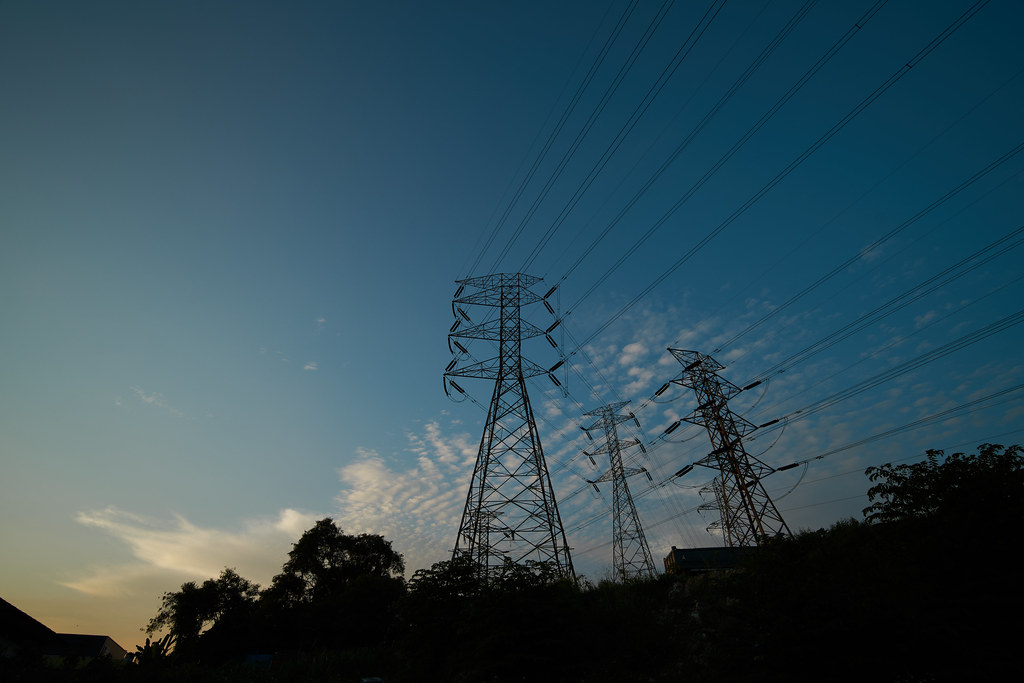As cryptocurrency mining and artificial intelligence (AI) operations expand, they are increasingly impacting electricity demand across North America, with large-scale data facilities connecting to the energy grid at unprecedented rates. This surge is poised to test grid management and reliability extensively.
A report from the North American Electric Reliability Corporation (NERC) indicates that the rising demand for electricity driven by these industries could complicate energy forecasting and grid reliability. Crypto mining operations, in particular, adjust their power usage based on fluctuating market prices, introducing volatility and unpredictability to grid management. Similarly, AI operations escalate energy consumption for data processing, cooling, and storage needs, further straining resources.
NERC’s Long-Term Reliability Assessment
The NERC’s latest assessment predicts a significant increase in peak electricity demand, especially in regions like Texas, where an annual rise of 4.6% is expected through 2029—quadrupling previous estimates. Both AI data centers and cryptocurrency mining facilities contribute uniquely to this demand with their high energy use and variable load patterns.
As crypto and AI technologies become more integrated into mainstream applications, they pose growing challenges to the stability and reliability of the energy grid. This is particularly true during peak usage times or in the event of operational disruptions. In Texas, where many crypto mining and AI hubs are located, the Electric Reliability Council of Texas (ERCOT) has identified an increasing risk from both contracted and non-contract energy loads.
These industries can cause rapid changes in load, similar to those experienced with inverter-based resources, which may lead to disconnections during faults or spikes in electricity prices. Such dynamics introduce complex challenges for grid operators, who must manage these variable loads alongside renewable energy resources.
To address the escalating demands on North America’s power grid, NERC advocates for several strategic responses:
- Improved Forecasting: Enhancing the accuracy of demand forecasting to better prepare for fluctuations.
- Advanced Transmission Planning: Developing more robust transmission infrastructures to handle increased loads.
- Demand-Side Management (DSM) Programs: Expanding programs that adjust demand based on supply conditions to stabilize the grid during critical periods.
Additionally, ERCOT has implemented energy response and demand response programs designed to balance the grid load during peak periods. Legislative measures, such as Texas’ HB 3390, have been introduced to mandate better tracking of distributed energy resources (DERs), aiming to enhance reliability assessments.
Transition to Renewable Energy Sources
In response to growing energy concerns, some crypto mining companies are beginning to transition towards renewable energy sources. For example, MARA (formerly Marathon Digital) recently acquired a wind farm in Hansford County, Texas, indicating a shift towards more sustainable mining practices.
The integration of high-demand industries like cryptocurrency mining and AI into the energy grid presents a dual challenge of managing immediate grid stability and planning for long-term sustainability. The move by companies like MARA towards renewable energy is a positive sign, suggesting that the crypto industry may lead in adopting green technologies that could mitigate some of the environmental impacts associated with high energy consumption.
Author’s Opinion
The rapid growth of energy-intensive industries such as cryptocurrency and AI represents a critical juncture for energy policy and technological innovation. While these technologies offer substantial benefits, their impact on the energy grid is undeniable. It is imperative for policymakers, industry leaders, and technology developers to collaborate on creating solutions that not only meet today’s energy demands but also pave the way for a sustainable and stable energy future. Integrating renewable energy sources and innovating in energy efficiency are not just beneficial but necessary steps to align technological advancement with environmental stewardship.










